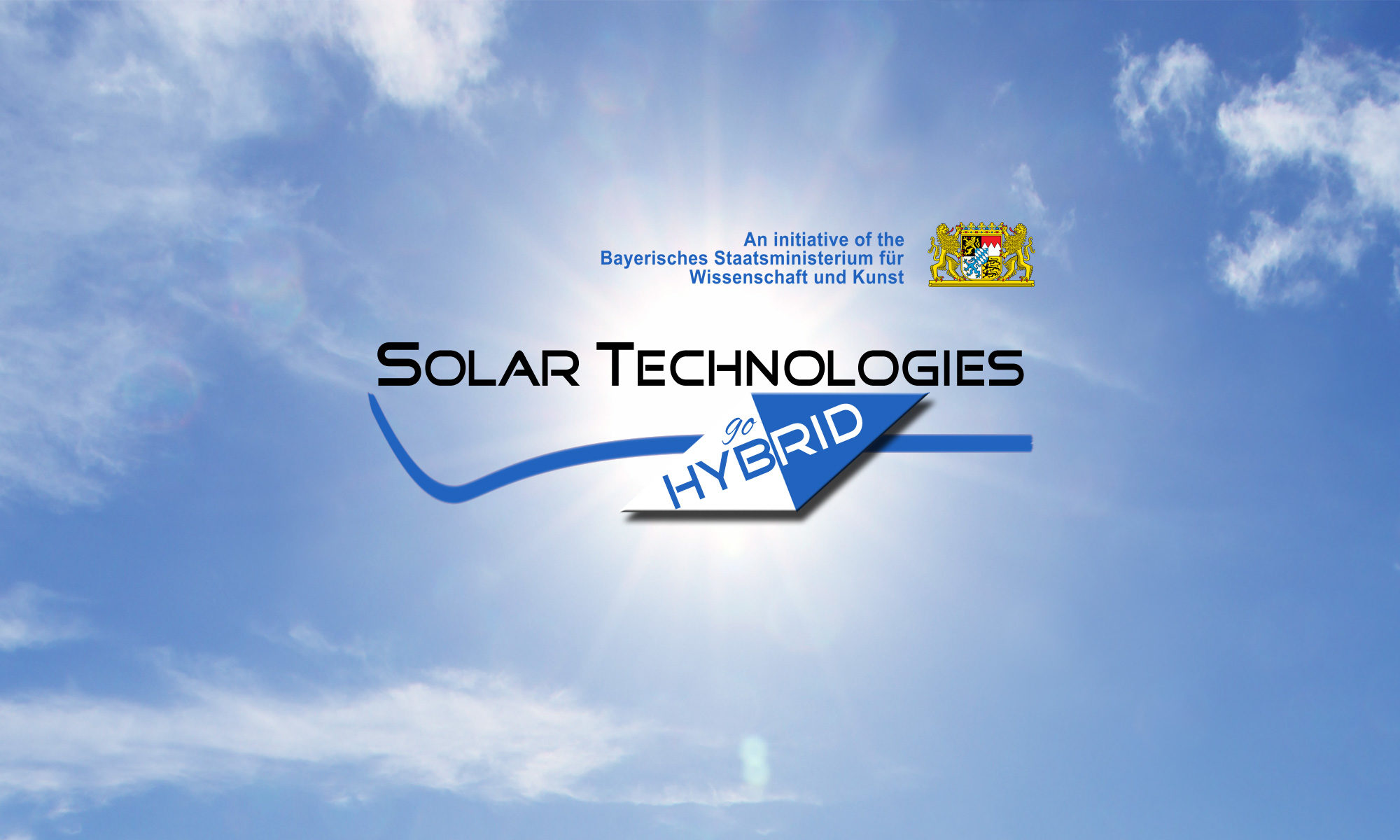Search references:
| 1. | Mähringer, Andre; Hennemann, Matthias; Clark, Timothy; Bein, Thomas; Medina, Dana D: Energy Efficient Ultrahigh Flux Separation of Oily Pollutants from Water with Superhydrophilic Nanoscale Metal–Organic Framework Architectures. In: Angewandte Chemie International Edition, n/a (n/a), 0000. (Type: Journal Article | Abstract | Links | BibTeX) @article{Maehringerb, title = {Energy Efficient Ultrahigh Flux Separation of Oily Pollutants from Water with Superhydrophilic Nanoscale Metal–Organic Framework Architectures}, author = {Andre Mähringer and Matthias Hennemann and Timothy Clark and Thomas Bein and Dana D Medina}, url = {https://onlinelibrary.wiley.com/doi/abs/10.1002/anie.202012428}, doi = {https://doi.org/10.1002/anie.202012428}, journal = {Angewandte Chemie International Edition}, volume = {n/a}, number = {n/a}, abstract = {Abstract The rising demand for clean water for a growing and increasingly urban global population is one of the most urgent issues of our time. Here, we introduce the synthesis of a unique nanoscale architecture of pillar-like Co-CAT-1 metal–organic framework (MOF) crystallites on gold-coated woven stainless steel meshes with large, 50 μm apertures. These nanostructured mesh surfaces feature superhydrophilic and underwater superoleophobic wetting properties, allowing for gravity-driven, highly efficient oil–water separation featuring water fluxes of up to nearly one million L m−2 h−1. Water physisorption experiments reveal the hydrophilic nature of Co-CAT-1 with a total water vapor uptake at room temperature of 470 cm3 g−1. Semiempirical molecular orbital calculations shed light on water affinity of the inner and outer pore surfaces. The MOF-based membranes enable high separation efficiencies for a number of liquids tested, including the notorious water pollutant, crude oil, affording chemical oxygen demand (COD) concentrations below 25 mg L−1 of the effluent. Our results demonstrate the great impact of suitable nanoscale surface architectures as a means of encoding on-surface extreme wetting properties, yielding energy-efficient water-selective large-aperture membranes.}, keywords = {}, pubstate = {published}, tppubtype = {article} } Abstract The rising demand for clean water for a growing and increasingly urban global population is one of the most urgent issues of our time. Here, we introduce the synthesis of a unique nanoscale architecture of pillar-like Co-CAT-1 metal–organic framework (MOF) crystallites on gold-coated woven stainless steel meshes with large, 50 μm apertures. These nanostructured mesh surfaces feature superhydrophilic and underwater superoleophobic wetting properties, allowing for gravity-driven, highly efficient oil–water separation featuring water fluxes of up to nearly one million L m−2 h−1. Water physisorption experiments reveal the hydrophilic nature of Co-CAT-1 with a total water vapor uptake at room temperature of 470 cm3 g−1. Semiempirical molecular orbital calculations shed light on water affinity of the inner and outer pore surfaces. The MOF-based membranes enable high separation efficiencies for a number of liquids tested, including the notorious water pollutant, crude oil, affording chemical oxygen demand (COD) concentrations below 25 mg L−1 of the effluent. Our results demonstrate the great impact of suitable nanoscale surface architectures as a means of encoding on-surface extreme wetting properties, yielding energy-efficient water-selective large-aperture membranes. |
References (last update: Sept. 23, 2024):
0000 |
Mähringer, Andre; Hennemann, Matthias; Clark, Timothy; Bein, Thomas; Medina, Dana D Energy Efficient Ultrahigh Flux Separation of Oily Pollutants from Water with Superhydrophilic Nanoscale Metal–Organic Framework Architectures Journal Article Angewandte Chemie International Edition, n/a (n/a), 0000. Abstract | Links | BibTeX | Tags: nanostructures, surface chemistry, thin films, vapor-assisted conversion @article{Maehringerb, title = {Energy Efficient Ultrahigh Flux Separation of Oily Pollutants from Water with Superhydrophilic Nanoscale Metal–Organic Framework Architectures}, author = {Andre Mähringer and Matthias Hennemann and Timothy Clark and Thomas Bein and Dana D Medina}, url = {https://onlinelibrary.wiley.com/doi/abs/10.1002/anie.202012428}, doi = {https://doi.org/10.1002/anie.202012428}, journal = {Angewandte Chemie International Edition}, volume = {n/a}, number = {n/a}, abstract = {Abstract The rising demand for clean water for a growing and increasingly urban global population is one of the most urgent issues of our time. Here, we introduce the synthesis of a unique nanoscale architecture of pillar-like Co-CAT-1 metal–organic framework (MOF) crystallites on gold-coated woven stainless steel meshes with large, 50 μm apertures. These nanostructured mesh surfaces feature superhydrophilic and underwater superoleophobic wetting properties, allowing for gravity-driven, highly efficient oil–water separation featuring water fluxes of up to nearly one million L m−2 h−1. Water physisorption experiments reveal the hydrophilic nature of Co-CAT-1 with a total water vapor uptake at room temperature of 470 cm3 g−1. Semiempirical molecular orbital calculations shed light on water affinity of the inner and outer pore surfaces. The MOF-based membranes enable high separation efficiencies for a number of liquids tested, including the notorious water pollutant, crude oil, affording chemical oxygen demand (COD) concentrations below 25 mg L−1 of the effluent. Our results demonstrate the great impact of suitable nanoscale surface architectures as a means of encoding on-surface extreme wetting properties, yielding energy-efficient water-selective large-aperture membranes.}, keywords = {nanostructures, surface chemistry, thin films, vapor-assisted conversion}, pubstate = {published}, tppubtype = {article} } Abstract The rising demand for clean water for a growing and increasingly urban global population is one of the most urgent issues of our time. Here, we introduce the synthesis of a unique nanoscale architecture of pillar-like Co-CAT-1 metal–organic framework (MOF) crystallites on gold-coated woven stainless steel meshes with large, 50 μm apertures. These nanostructured mesh surfaces feature superhydrophilic and underwater superoleophobic wetting properties, allowing for gravity-driven, highly efficient oil–water separation featuring water fluxes of up to nearly one million L m−2 h−1. Water physisorption experiments reveal the hydrophilic nature of Co-CAT-1 with a total water vapor uptake at room temperature of 470 cm3 g−1. Semiempirical molecular orbital calculations shed light on water affinity of the inner and outer pore surfaces. The MOF-based membranes enable high separation efficiencies for a number of liquids tested, including the notorious water pollutant, crude oil, affording chemical oxygen demand (COD) concentrations below 25 mg L−1 of the effluent. Our results demonstrate the great impact of suitable nanoscale surface architectures as a means of encoding on-surface extreme wetting properties, yielding energy-efficient water-selective large-aperture membranes. |
